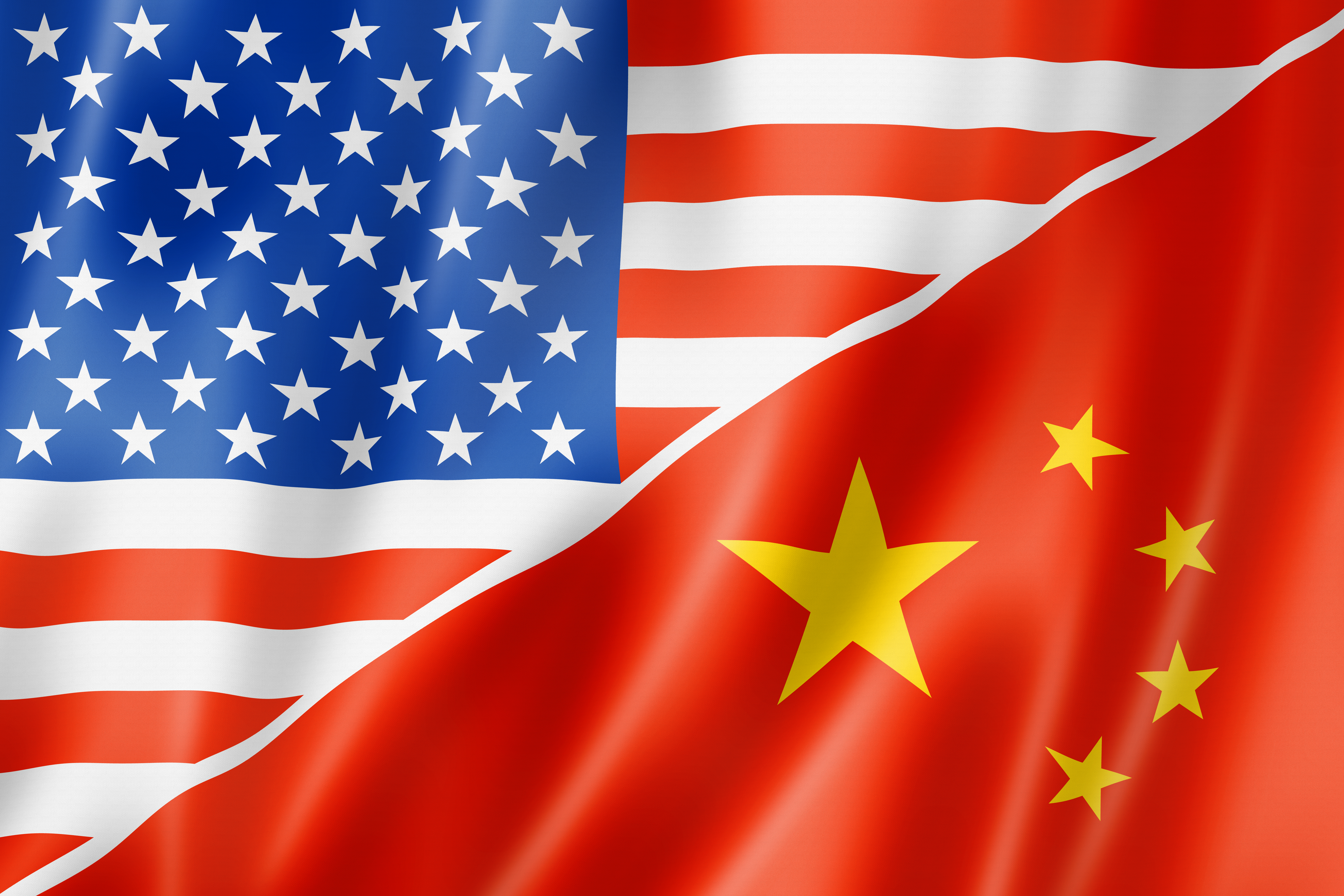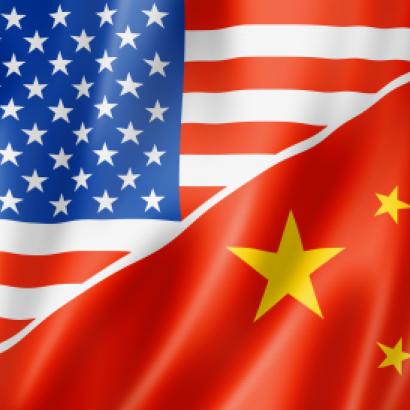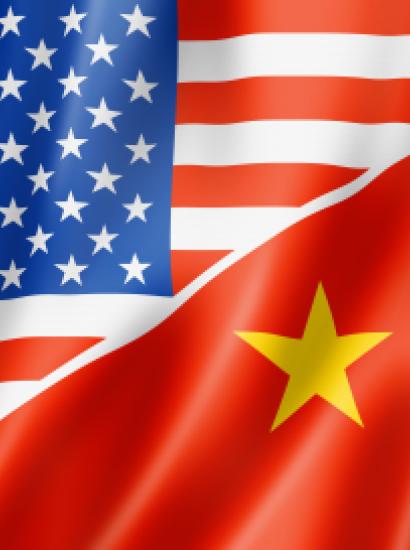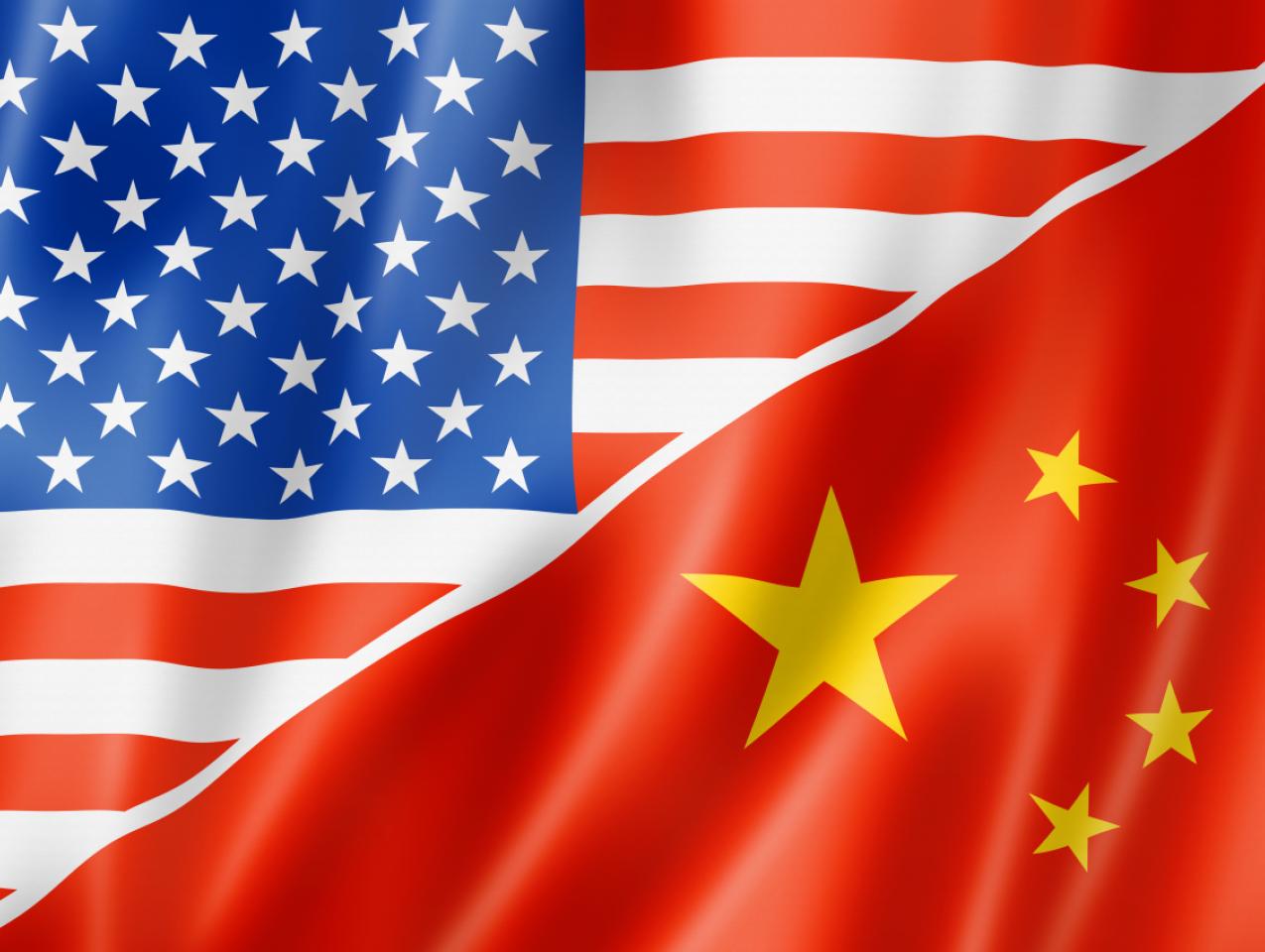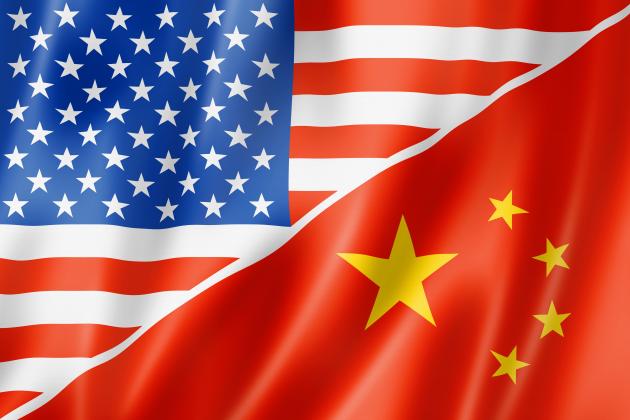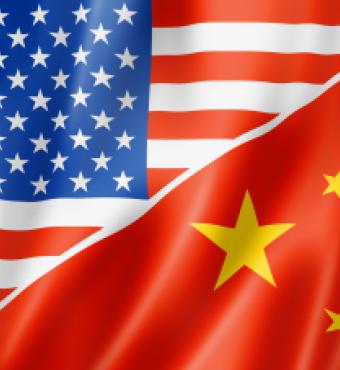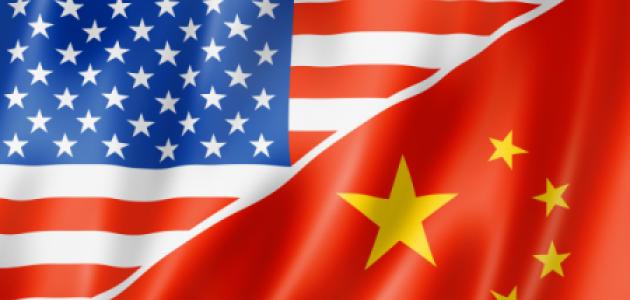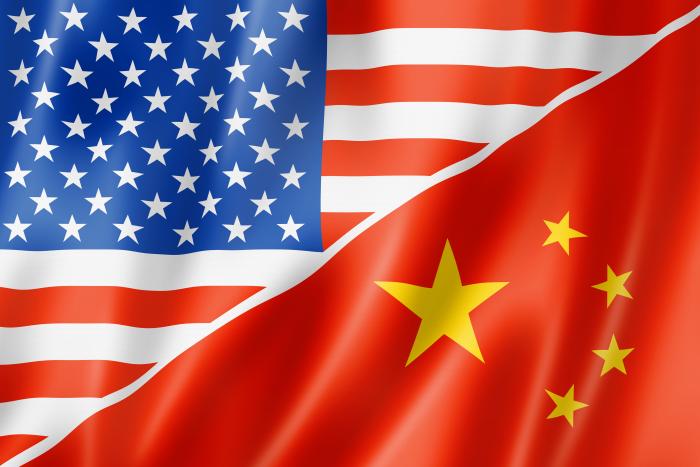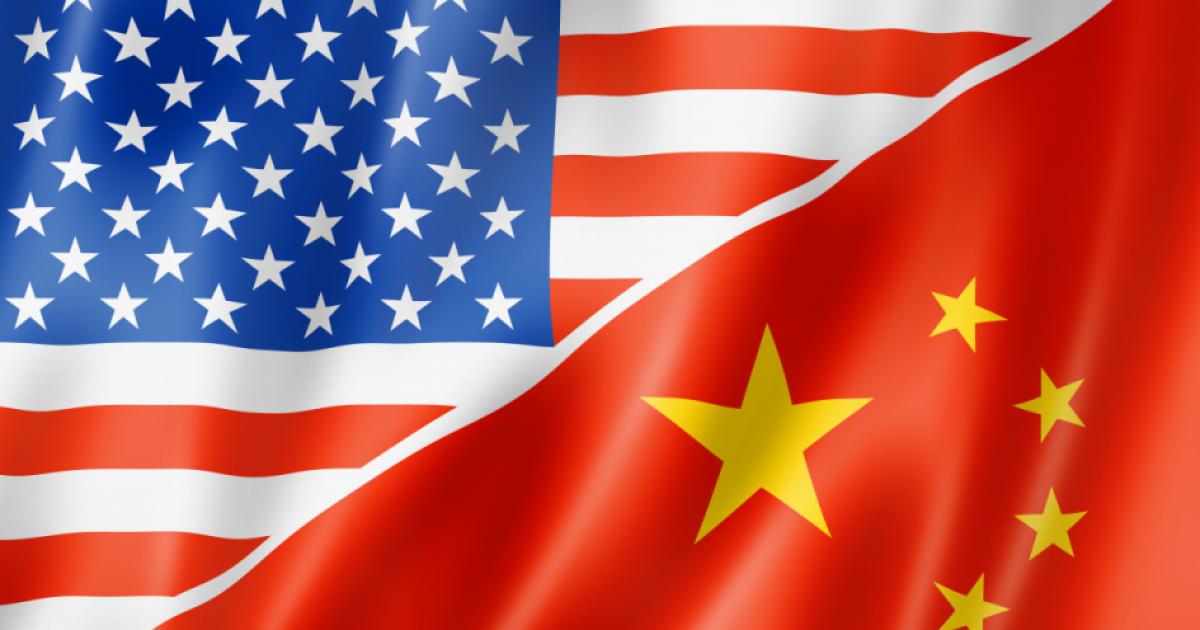Nearly seven years have passed since we coined the word Chimerica in these pages to characterize the symbiotic relationship between China and America. Few today would dispute that op-ed's original point: that the unbalanced economic relationship between China and America posed a threat to global financial stability. Without the flow of Chinese savings into U.S. dollars, as a result of Beijing's large-scale currency intervention and reserve accumulation, American interest rates would surely have been higher and the housing bubble would have inflated less.
Much has happened since 2007 to shake up both players. But just as the global financial crisis had its origins in Chimerica, now the durability of the world's recovery also depends on that relationship.
Before the 2008 financial crisis, this was a marriage of opposites. China saved, exported and lent. America consumed, imported and borrowed. For a few heady years, the odd couple were happy together. Not only did the Chinese savings "glut" lower the cost of capital; the glut of Chinese workers also reduced the cost of labor. Small wonder nearly every asset class on the planet rallied.
As we predicted, however, Chimerica was a chimera. By the end of 2008, as the shock waves of the American property crash and banking crisis reverberated around the world, the marriage was on the rocks. With U.S. unemployment at 10% and Chinese growth at 10%, it no longer looked a very equitable arrangement. The Americans came close to accusing the Chinese of currency manipulation. The Chinese did accuse the U.S. of reckless fiscal and monetary policies.
Yet the Chimerican misalliance has somehow survived, and even prospered. In 1993, the combined GDP of China and the U.S. was equivalent to 28% of the world economy (on a purchasing-power parity basis). This year, according to the International Monetary Fund, the share will be 35%. Talk of currency manipulation has more or less ceased in Washington—hardly a surprise, since the Chinese currency has appreciated on a trade-weighted basis by 25% since 2007.
True, Chinese commentators condemned the recent political shenanigans in Washington. But who could really blame foreign holders of U.S. Treasury for grumbling when American politicians seemed ready to use default as a weapon in their partisan feuds?
So what brought about this swift reconciliation between the nearly estranged partners? The answer is that, like any couple who spend long enough in each other's company, the Chimericans have become rather alike.
Initially, both countries responded to the shock of the financial crisis with powerful self-medication: ultralow interest rates and quantitative easing here, runaway state-controlled credit creation there.
As American households struggled to adjust their balance sheets, the Fed sought to help first by slashing short-term interest rates to zero and then by holding long rates down with quantitative easing. Chinese producers, meanwhile, had to turn inward for new customers as Western demand slumped. Government-controlled banks obliged by unleashing a credit boom of historical proportions. Between 2009 and 2012, the Chinese credit-to-GDP ratio rose by no less than 69% of GDP. In the five years since the crisis, China created more than 70 trillion renminbi in new credit, equivalent to more than the combined annual GDP of Germany and Japan.
Now, both countries confront surprisingly similar challenges. Both economies suffer from a severe debt overhang and have become addicted to ultra-loose financial conditions. Both know the medication cannot continue forever. But neither Washington nor Beijing knows how to reduce the dose, much less to quit.
The summer saw moments of truth on both sides of the Pacific. The leadership in Beijing consciously set out to rein in credit: There was talk of "hard budget constraints" and even of an engineered financial crisis. Yet then interbank rates in the Shanghai market soared close to 30% after a 15 billion renminbi bond auction missed its target. Total social financing has increased by close to 4 trillion renminbi since July.
The Fed also blinked. On May 22, Ben Bernanke announced that the Fed might "take a step down in our pace of asset purchases." But when long-term interest rates rose over the summer by about 100 basis points in anticipation of the beginning of the end of QE, it was the same story as in Beijing. In September the Federal Reserve Open Market Committee unexpectedly postponed the pre-announced "taper" of asset purchases. In the face of weaker economic data, fiscal brinkmanship on Capitol Hill, and the nomination of Janet Yellen to succeed Mr. Bernanke at the helm of the Fed, the taper itself has tapered.
"They tried to make me go to rehab," sang the late Amy Winehouse, back before the crisis. "I said, 'no, no, no.' " This is now the unofficial anthem of Chimerica.
For some economists, the right time to tighten monetary policy is always never. But there are dangers in procrastination. Having blinked once, both the Fed and the PBOC may soon have a credibility problem. The longer they wait, the frothier asset markets become (stocks in the U.S. and big city housing in China are both up around 20% this year). That may perhaps advance recovery through the "portfolio channel"; it also advances inequality by favoring those with the biggest portfolios. And enriching the rich is not the stated policy objective of either the American Democratic Party or the Chinese Communist Party.
Meanwhile, the more monetary policy is regarded as "the only game in town," the less pressure there is on politicians to think seriously about either fiscal or structural reforms. Finally, if monetary policy is too loose for too long, history suggests it can increase the probability of a disorderly asset-price crash. It is not hard to imagine such a scenario in a China that has acquired American levels of leverage, plus a bunch of shaky shadow banks.
With Europe emerging only slowly from the euro's near-death experience, the rest of the world must watch nervously to see what policy makers in Washington and Beijing decide to do. One thing is already clear from the wobble in global bond markets this summer, which exposed the vulnerability of emerging markets with large current account deficits: If Beijing and Washington try to exit at the same time, the global economy could take a big hit.
Coordination and sequencing are therefore essential. These will become all the more vital if China's leaders are in earnest—as is rumored in Beijing ahead of this month's Third Plenum—about liberalizing their financial sector and capital account, steps that can only increase Sino-American economic interdependence. The Chimerican couple need to go to rehab soon—but separately.
Mr. Ferguson is a professor of history at Harvard University. Mr. Schularick is a professor of economics at the University of Bonn.







